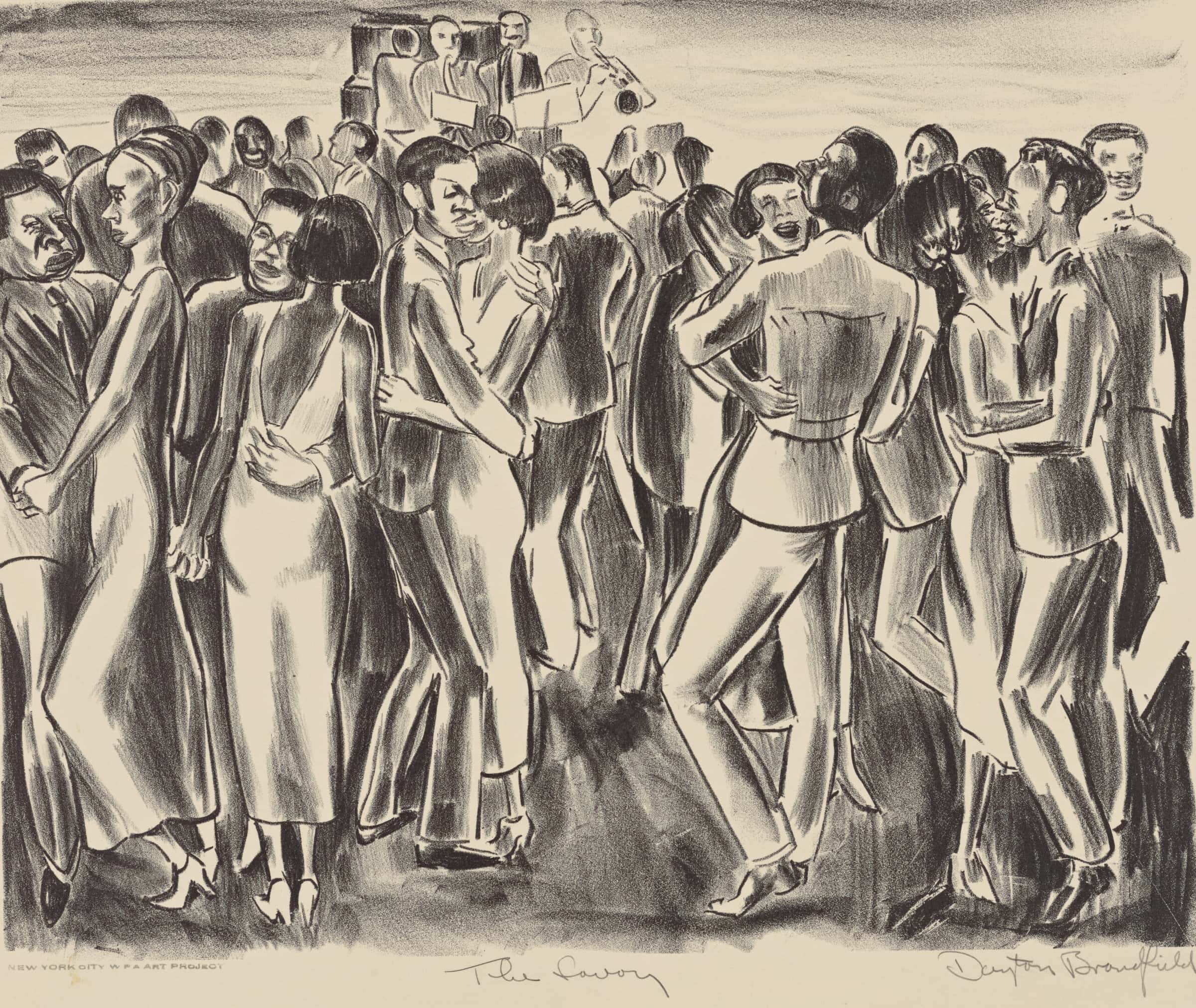
With the snail as its mascot, the Slow movement challenges industrialization and speed in the name of efficiency. Pixabay
As summer approaches, so do social media updates about not accomplishing enough work before the end of the term. Conversations turn to the merits of various summer writing regimens, with plans for actual vacations met with “Oh, you must be so disciplined in your work.” Academics face stress and overwork throughout the year, with schedules that aren’t as flexible as they seem and vacations in name only. One analysis likens the level of faculty burnout to that of health professionals. The modern university demands more and more in the way of publication, assessment, evaluation, and service, while cutting salaries, departmental budgets, and time available for research, writing, and professional development.
Enter The Slow Professor: Challenging the Culture of Speed in the Academy, by Canadian English professors Maggie Berg and Barbara K. Seeber. Emblazoned with a snail—the mascot of the Slow Food movement—the book advocates surviving academia’s culture of speed and efficiency by going Slow. Calling themselves Slow Professors, Berg and Seeber write, “We believe that adopting the principles of Slow into our professional practice is an effective way to alleviate work stress, preserve humanistic education, and resist the corporate university.”
With over 15,000 copies sold since it was published last year, The Slow Professor has become the top seller for the University of Toronto Press. Demand for the book has been so high that the press has struggled to keep it in stock. For many readers, the book comes at the right time. While some credit it with promoting the conversation about the corporatization of the university, others see it as granting them agency to engage in more humane modes of being within the workplace of higher education.
Since the late 1980s, the Slow Food movement has encouraged an ethos of care, pleasure, and a concern for the environment—the opposite of fast food, its adherents say. Emphasizing an unhurried lifestyle, Slow Food removes food from an industrial context and returns it to the human. Slow, as a philosophy, now extends to other facets of life: Slow education, Slow fashion, and even Slow science. A new incarnation, The Slow Professor takes the “corporate university” as its opponent.
A corporate university, as much of the literature on the subject—including Frank Donoghue’s The Last Professors: The Corporate University and the Fate of the Humanities (2008) and Bill Reading’s The University in Ruins (1997)—describes it, treats students like customers, rewards research that has an economic payoff or measurable results, and promotes the casualization of teaching labor while increasing administrative bloat. “Rebranding scholars as key players in the knowledge economy,” Berg and Seeber write, “the corporate university emphasizes instrumentalism and marketability.” Because humanistic education and scholarship are not always quantifiable, their status within the university has become increasingly precarious. “I’m not going to get a grant to study Jane Austen from a corporation,” said Seeber in an interview with the Canadian Broadcasting Corporation recently.
The reasoning appeals to many professors. Bill Caraher, a historian at the University of North Dakota, says that the “assembly line has become a dominant model” for the university, with “dehumanizing effects” on students as well as faculty. “Everything has to be quantified, everything from student learning outcomes to number of articles published,” says Caraher. This “accounting culture,” as Berg and Seeber refer to it, rings true for other professors, too. Cynthia Wu, associate professor of transnational studies at the University at Buffalo, says, “If a task or some kind of job cannot be turned into a line on a CV, or something that can be included on an annual report, then I don’t think that the people in power regard it all that favorably.” “There’s a lot of pressure to produce,” adds Yovanna Pineda, associate professor of history at the University of Central Florida, and it extends to all facets of a professor’s professional life, including research, teaching, and service.
What Berg and Seeber call a “culture of speed” compounds academic pressure to increase productivity (by working on weekends, for example) and manage time down to the last second (writing at 4 a.m., before the children wake up). These expectations, Berg and Seeber write, not only lead to stress, mental health problems, and the feeling of time poverty, they also stifle creativity. The corporate university’s desire for quick outcomes and publications often comes at the cost of the time, thought, and struggle required to produce deep humanistic inquiry. As Wu says, universities are not “attuned to the calm and the quiet that is needed to foster intellectual life.”
Berg and Seeber look to the principles of Slow as a solution. “Slow professors,” they write, “act with purpose, taking the time for deliberation, reflection, and dialogue, cultivating emotional and intellectual resilience.” Slow means practicing a “pedagogy of pleasure” so that both teachers and students take joy in teaching and learning, and conducting research that is grounded in understanding and reflection. They urge readers to take simple steps to incorporate Slow in their daily lives: going for a walk, turning off digital distractions, taking the time to read, entering a class mindfully. “We see individual practice as a site of resistance,” they write.
This advice has encouraged many to make small, positive changes in their personal and professional lives. Jennifer Barker-Devine, associate professor of history at Illinois College, says that the book has helped her become more deliberate about the tasks she takes on and to reassess her priorities by asking, “What do I really need to be doing, what are my obligations at this moment?” Answering that question, she says, may mean putting a research project on the back burner when midterms are due as opposed to worrying about competition or trying to “get ahead.” For Pineda, who made several changes in her life after reading the book, the philosophy boils down to joy. To lower her stress levels, for example, she joined a yoga club and a gym. “The philosophy that I took from it is to slow down, stop doing what you’re doing, and do something joyful because that’s what life essentially is,” she says. “It’s not staying in your office until midnight.”
Some also see the Slow movement as a challenge to rethink the way they teach. Barker-Devine says that as a young female assistant professor, her courses were extremely content driven. “I would rush through lectures” and make “my classes as hard as I possibly could” in an attempt to appear rigorous, she says. Now she focuses more on the needs of the students and what they should know. She points to the AHA Tuning project as something that’s made a difference in her teaching. “What’s interesting about the Tuning project is that content is not a priority. And I remember being shocked by that,” she says, noting Tuning’s emphasis on critical thinking skills like “reading, writing, analysis, speaking.” While Barker-Devine embarked on this process before she read The Slow Professor, she says the book helped her “justify” the pedagogical changes she’s made.
For Caraher, Slow principles are most applicable in research. A scholar of ancient history and an archaeologist, Caraher is a proponent of “slow archaeology.” “The goal of slow archaeology,” he wrote in the North Dakota Quarterly, “is to find ways to consider critically the impulse toward efficiency, standardization, and fragmentation.” Being Slow therefore can mean pausing to consider the use of technology and digital tools in research. For example, the ability to “search vast quantities of scholarly literature” in digital databases, he says, has reduced the likelihood of serendipitous discovery. “A slow historian,” then, Caraher says, “is becoming more critical and more aware of the role of efficiency, the role of productivity, and the language of industrial practice.”
It is easy to find critiques of The Slow Professor. Andrew Robinson, a sessional instructor (the term for contract faculty in Canada), calls the book “a grotesque example of tenured faculty privilege.” A review in Radical Teacher notes that in “mistakenly trusting that changing the self will change the world . . . the authors offer individual interventions that cannot defend against structural problems.” Barker-Devine agrees with these critiques but notes that tenured faculty can help create “a more humane climate” on university campuses. “If you are able to slow down yourself, think about how you can help change the atmosphere on campus. How do you treat your adjuncts? Your graduate students? What messages are you giving them about their work and what it is that they have to do?” She also notes that faculty have the power to “promote small changes that can make big differences.” Wu says that The Slow Professor prompted her to reflect more on her professional direction. “I’m mid-career now,” she says, and “I’m interested in potentially assuming positions of institutional leadership. It makes me think hard about the type of administrator I might want to be when I have that kind of power, and when I have more leverage to change the terms of higher education.”
Berg and Seeber proffer optimism along these lines. In challenging the culture of speed, they argue, Slow could change the university from the inside out. Caraher adds that the discipline of history itself offers interesting possibilities for resisting industrial practice: “History in many ways still preserves aspects of craft in how we do things.” “We’ve preserved this approach of studying the past that defies simple methodological standardization,” he says. “If any discipline is likely to produce the Slow alternative to the corporate university, it’s likely to come out of history, the humanities, or the fine arts.” And that is reason enough not to despair. As Wu says, “There are a lot of problems in the way institutions of higher education are run, but there is a lot of good that can and does come out of them.”
This work is licensed under a Creative Commons Attribution-NonCommercial-NoDerivatives 4.0 International License. Attribution must provide author name, article title, Perspectives on History, date of publication, and a link to this page. This license applies only to the article, not to text or images used here by permission.



